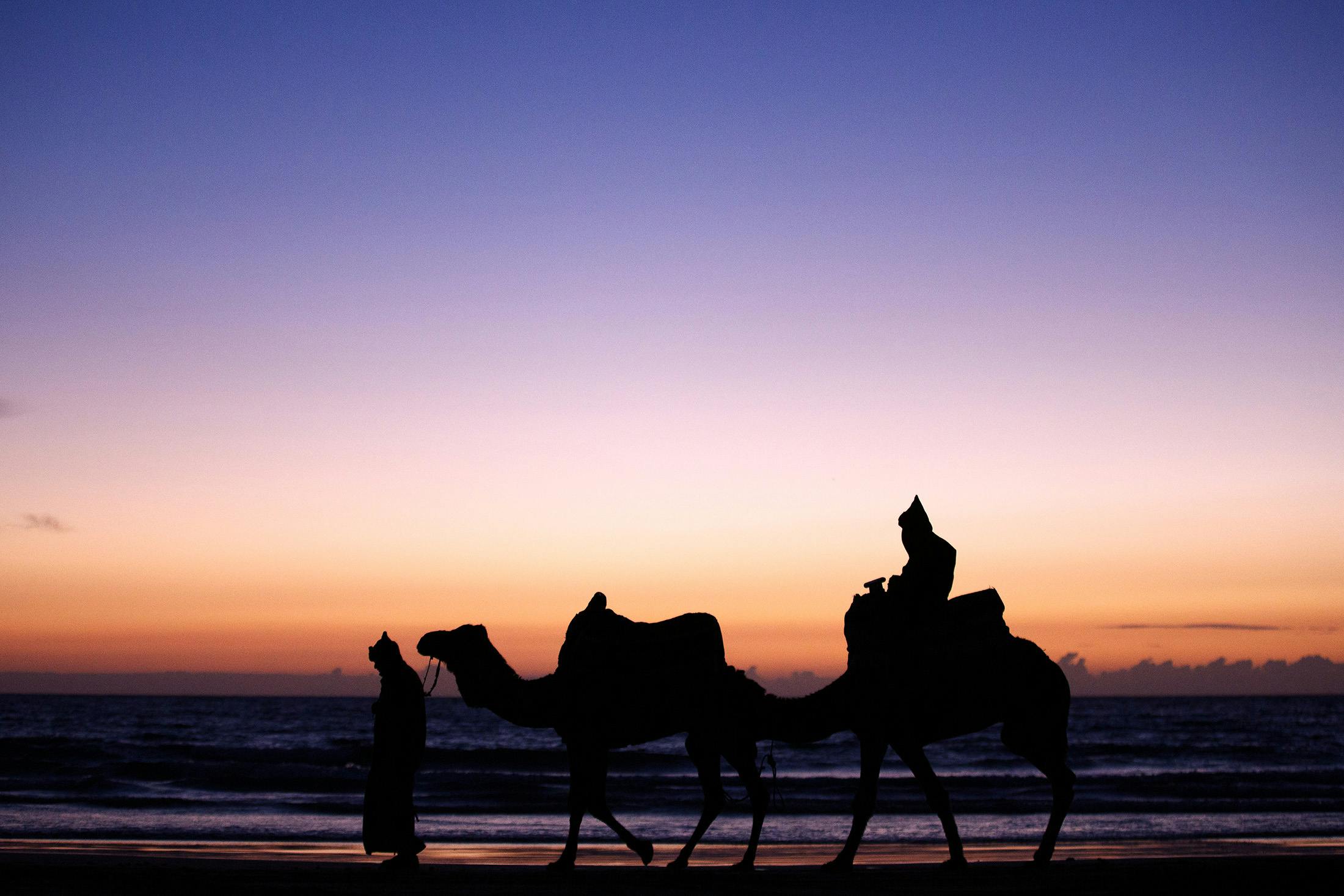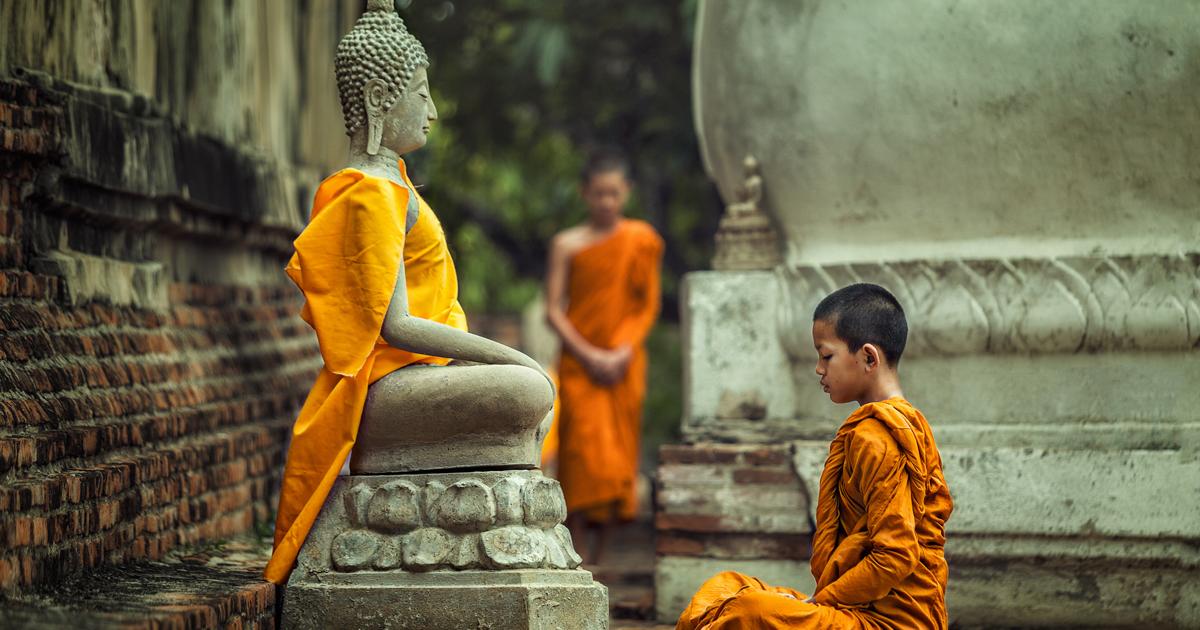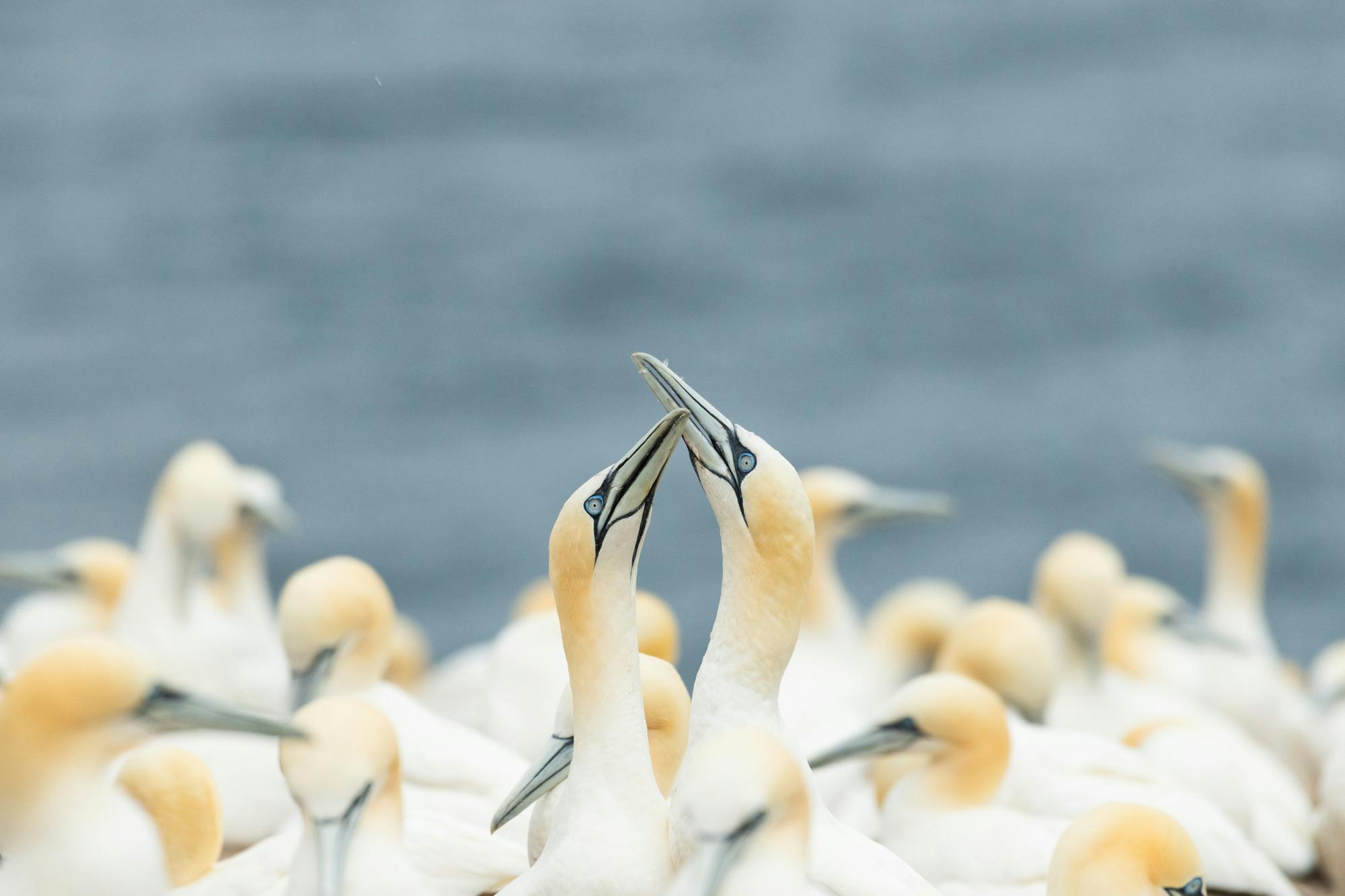Unique Travel Experiences, From Manitoba to Colombo and Beyond
Some travel enthusiasts can trace the awakening of their passion to a precise moment — to an interaction, a unique insight, a way of feeling. It might be any unusual experience, but it will always bring to mind that this is why you’re where you are. It could happen anywhere from Manitoba to Martinique.
These intimate moments immerse you into a culture or a place. Local cuisine unlocks some places, but you’ll find plenty of other ways to get in tune with a destination. Here are 13 unique travel experiences that will enable you to travel deeper into the authentic beauty of the world.
1. Dine after dark in Venice
Venice seems improbable. Built across 118 islands, the historic “floating” city, complete with an elaborate system of canals and more than 400 bridges, sits on a lagoon off Italy’s northern coast. When dusk descends on the city, the watercolor sky shimmers on the liquid surface as the vessels’ wakes leave crisscross patterns.
At the entrance to the Grand Canal, St. Mark’s Basilica and the Doge’s Palace rise majestically from the banks. It’s quieter in the narrower alleys between houses (navigable only by smaller craft). You can almost reach out and touch the walls on either side.
As the sky darkens, the canals light up, and the handsome marble and limestone building façades reflect off the water. Music floats out of open windows, and a hum of convivial chatter from outdoor diners, rises and carries over the water.
To enjoy authentic local experiences, leave the touristic area and explore. Head to the gilt-walled Caffe Florian, open until midnight, and try the specialty cicchetti (small plates of appetizers which vary from bar to bar, but might include tiny sandwiches, handmade meatballs, or baked shrimp) in a friendly canal-side bàcari, like Al Bottegon, a traditional eatery.
2. Dive into the turquoise waters of French-accented Martinique

Caribbean beaches may be the very definition of a tropical paradise. Anse Mitan on Martinique’s southwest coast is no exception. The cove in the town of Trois-Îlets is one of the prettiest of the 60 swimming beaches on the island that’s roughly the size of New York City.
The beach has a long, curved stretch of white sand that gently contours downward as you enter gentle, turquoise waters. It’s a place to slow down and savor, a palm-fringed refuge to recharge and renew. Across the bay is the capital city Fort-de-France set against a rugged mountain backdrop. (It’s easy to hop aboard a shuttle boat across the bay to visit.)
Martinique is a region of France (technically called a “department”) where French is spoken, and the euro is the local currency. Cafés and restaurants tucked behind the beach in Trois-Îlets serve up local Creole and French specialties.
3. Take a tuk-tuk ride in Colombo

In Sri Lanka’s capital city of Colombo, tuk-tuks — three-wheeled scooter taxis — provide an exhilarating way to beat gridlocked traffic. To experience travel like a local, there’s no better way than weaving, dodging and zipping through beautiful palm tree-lined streets. The tuk-tuks, which are invariably painted in bright primary colors, emit a toy-like “beep-beep” sound and ensure you enjoy one of the more entertaining modes of transportation in the bustling capital.
If you follow the recommendations of your driver, you’ll check out Colombo’s top sights and the city’s lesser-known gems. Galle Face Green, the expansive urban park facing the Indian Ocean, is lined with coconut palms and shiny new skyscrapers, in contrast to the city’s colonial architecture, including the Colombo National Museum, built in 1877.
Colombo’s history as a busy trading port means that many people and religions coexist, represented by places of worship such as the Buddhist Gangaramaya Temple, the Jami Ul-Alfar Mosque and the Hindu Shri Ponnambalawaneswaram Kovil temple. Pettah Market is a riot of color and sound, selling textiles, electronics, gold jewelry and more.
4. Swim with sea lions in the Galapagos
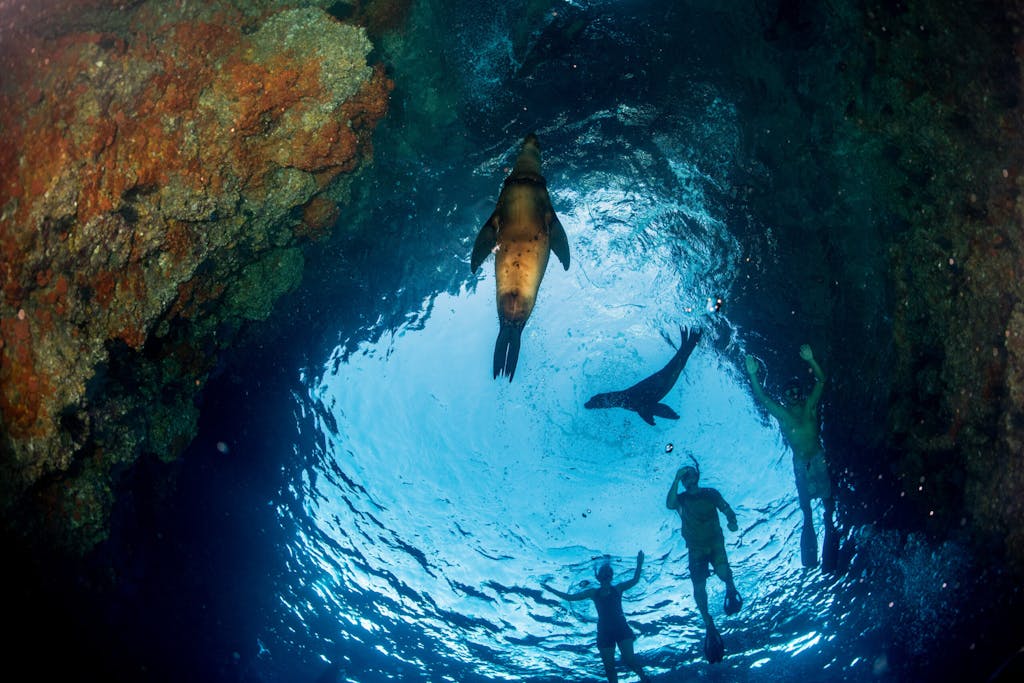
Galápagos Islands National Park was created in 1959 to protect the rare species on the islands 600 miles off Ecuador. Just four islands of the 127 islands, islets and rocks that comprise the biologically diverse park are inhabited by humans.
San Cristóbal is one of them. In 1835, naturalist Charles Darwin docked here and explored. At the northern tip of the island is tiny Isla Lobos. It is scenic, remote and uninhabited — if you don’t count the hundreds of sea lions that call the rocky islet home.
The animals, sometimes called lobo marino meaning “sea wolf,” loll on the rocks and sometimes swim with snorkelers and divers who come to visit. (As is always the case, look but don’t touch.) It is a place to explore, whether on land or in the water, to see fur seals and large birds, such as blue-footed and Nazca boobies, frigate birds and pelicans, or beneath the waves to see rays and sea turtles.
5. Ride camels through the Sahara
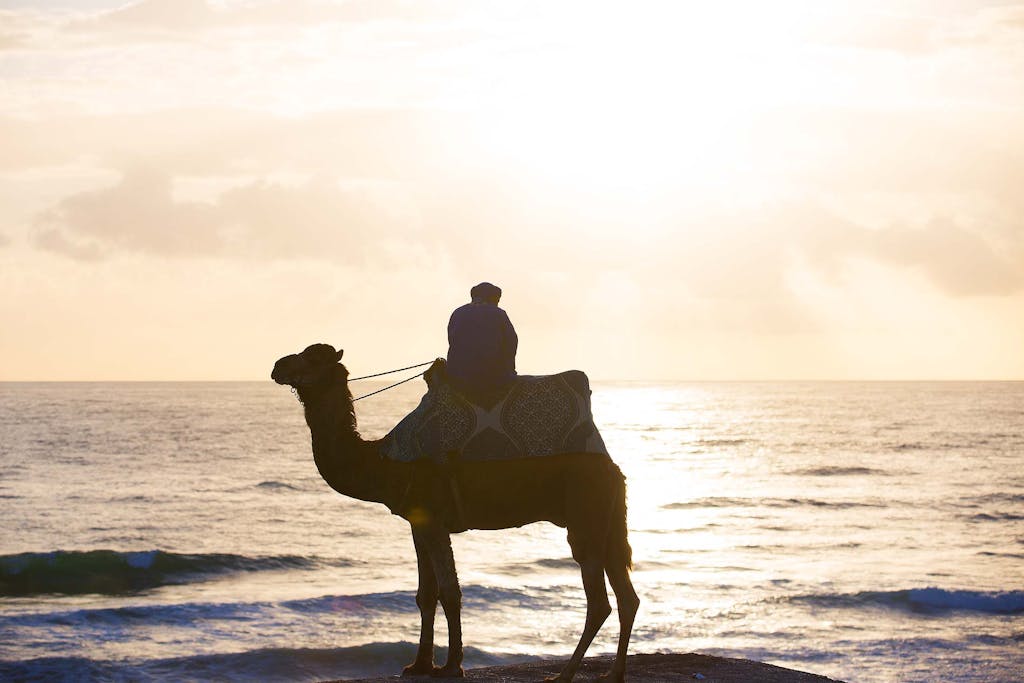
Beyond the haze and maze of Morocco’s coastal cities, the Atlas Mountains run the length of the country, and the Sahara Desert stretches east and south for 3.5 million square miles, about the size of the United States.
The Sahara and most of northwestern Africa has long been populated by the Berber people, or Amazigh, sometimes translated as “free people.” You can get a taste of Berber culture on a camel ride.
On a foray to the desert, you can experience what it’s like to join a caravan laden with goods and see the gradations of color in a spectacular sunset on the horizon as the landscape changes from beige to orange to indigo. The tranquil, ever-present Sahara is one of the best slow travel destinations on Earth.
Fortify yourself for the journey with Morocco’s caffeinated beverage of choice: vast quantities of sweet, strong mint tea, accompanied by fekkas, cookies flavored with sesame, anise and almonds.
6. Watch a fire dance in Papua New Guinea

A roaring bonfire lights up the night as a steady drumbeat accompanies the spirited chanting and singing from the shadowy figures circling the fire. A strange creature emerges, its body plumed and rustling, its face bone-white with a protruding beak. The costumed dancer hops and shakes to the beat, the patterns around his dinner plate-sized eyes sometimes visible in the orange glow of what’s known as the Baining fire dance.
This sacred celebratory ritual takes place for significant occasions, such as the harvest or a birth. Boys make the masks from bark cloth, and the plumage is fashioned from leaves and flowers. It also ranks high for off-the-beaten-path travel ideas.
The dance is performed by the tribe’s men. They jump and skip through the fire, sparks spraying outward in a dazzling shower. The beat intensifies, and the dancers leap through the flames, illuminated and fluttering like phoenixes, a poignant metaphor for the depths you’ve traveled to savor this very moment.
Traveling for cultural experience is a different way to explore the world. Whether through its cuisine, customs or traditions, there are myriad ways to enjoy each destination you visit.
7. Meet the Alutiiq/Sugpiac People of Alaska’s Kodiak Island
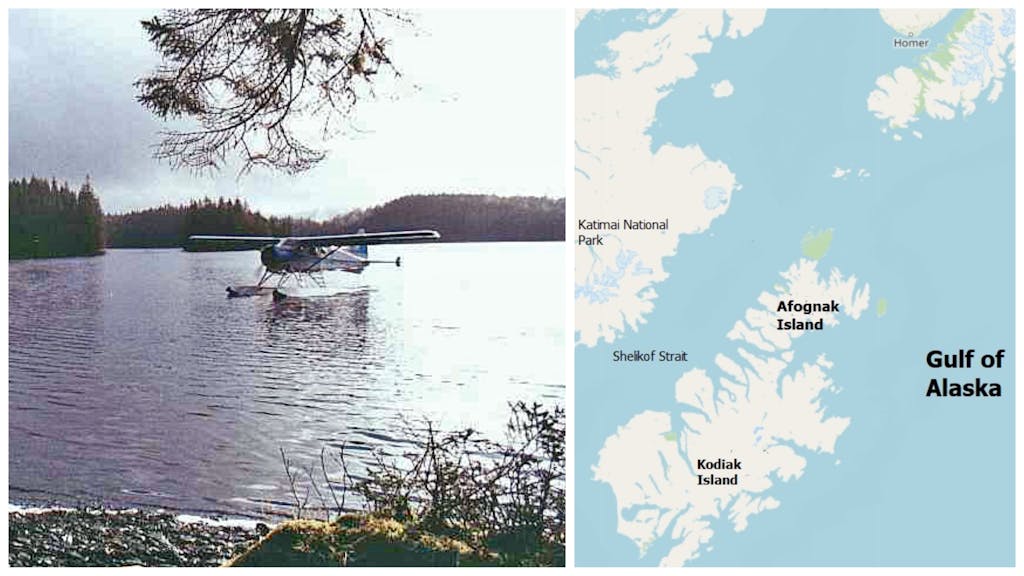
The Alutiiq/Sugpiac people, one of Alaska’s Native communities, have inhabited the south-central coastal region of the Kenai Peninsula and Kodiak Archipelago for more than 7,500 years. (“Alutiiq” is how the Sugpiac say “Aleut,” which means coastal dweller.) Russian traders introduced the term to describe all Native people they once encountered surrounding the Aleutian Sea.
Today, special visitors to Kodiak Island are welcomed to the Native village of Afognak to meet the members of Kodiak’s First People, 10 federally recognized tribes including the Afognak and the Alutiiq. Learn about their culture, which is one interwoven with Russian influences and impacted by modern events including World War II.
On Kodiak, Fort Abercrombie State Historical Park still displays the ruins of the coastal fort’s war efforts on Spruce Cape, often shrouded in a fog and mist that helped it avoid detection by Japanese forces.
In Afognak, browse some Native art or merchandise before visiting adjacent sites such as the Alutiiq Museum, Russian Orthodox Church and Alutiiq Ancestors Memorial.
The nearby Pillar Mountain wind farm contains six of Kodiak’s wind turbines; it’s a source of sustainable energy that’s part of Alaska’s greater renewable energy effort and maintained by the local Alutiiq. You’ll find staggering vistas teeming with wildlife that make this Alaska’s “Emerald Isle” rich with natural resources and beauty.
8. Immerse yourself in Indonesia’s remote coral reefs

Few places remain as remote as the more than 1,500 islands, cays and shoals that comprise the Raja Amat region of Indonesia in West Papua. These jungle-dense islands and unspoiled beaches afford plenty of discovery.
The islands, or pulaus, are in the Coral Triangle, known for coral reefs with the greatest marine biodiversity on the planet. Healthy reefs in sparkling waters in Pulau Momon and Pulau Penemu (sometimes referred to as Pianemo) are home to mantas, garden eels and carpet sharks, named for the mottled patterns on their bodies, that thrive just below the surface. In some areas, you may be swimming with mantas as you explore the underwater world.
Above water, Pulau Momon contains a thick forest that rises to the coast with a waterfall whose pools you can swim in. Pulau Penemu has high points with stairs that offer views of the cluster of lagoons and nearby islands.
9. Soak in the benefits of a Japanese onsen
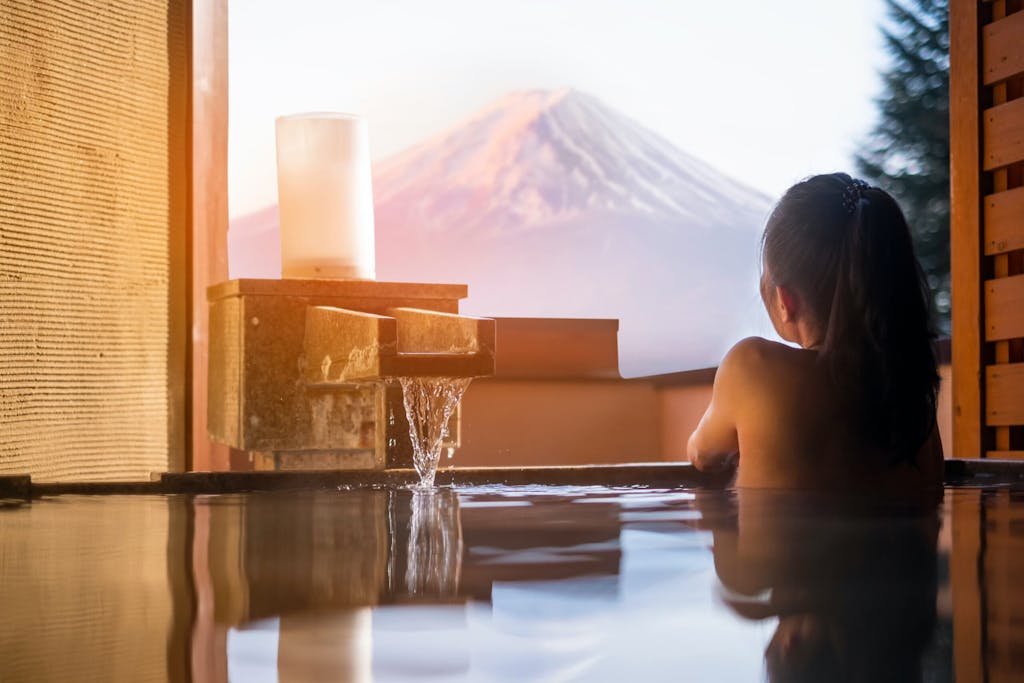
For centuries, the Japanese have reaped the health and beauty benefits of natural hot springs, with more than 27,000 across the country. Called onsen, these volcanic hot springs and their surrounding bathhouses are a ubiquitous part of Japanese self-care.
More than a relaxing soak, waters of the onsen might contain salt and other minerals thought to be soothing to muscles and beneficial to skin. While the rewards of spending time at an onsen might seem straightforward, the customs surrounding these traditional bathhouses are not.
It’s considered best to enjoy this gift of nature in your birthday suit; bathing suits generally are not allowed. Most onsen are separated by gender. Time in the onsen should be for the sole purpose of relaxation; bathing, swimming, drinking, using phones or any rowdy behavior are strictly prohibited.
Towels are to be used for modesty when entering and leaving the waters, but do not dip your towel in the hot springs. For that matter, do not submerge your head either; that’s considered unsanitary. Also, many onsen refuse guests with tattoos (or insist the ink be covered). Tattoos are affiliated with organized crime.
The rules may seem burdensome, but they’re designed to protect this moment with nature. Stripping down in the truest sense, a soak in these natural springs is meditative, restorative and will bring you into the fold of a tradition spanning hundreds of years. There are hundreds of hot springs resort towns throughout Japan, so you are never far from a chance to melt your cares away.
10. Bang the drum in the percussive heart of Brazil
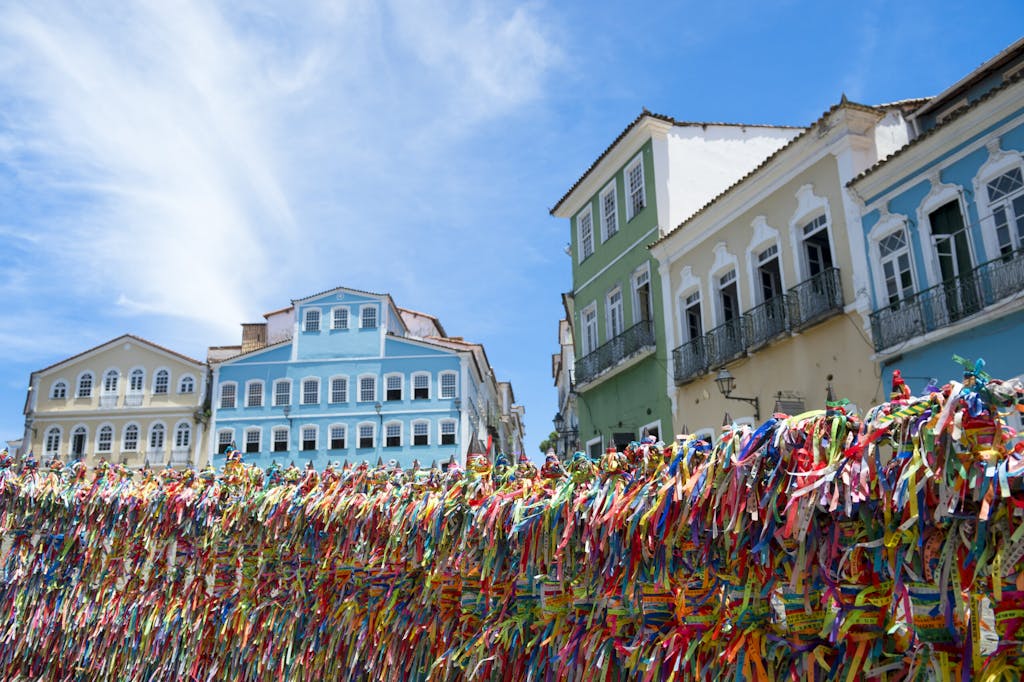
It’s the land of Carnaval, and bossa nova and samba waft through the air like confetti on the wind. Each February, Salvador da Bahia, the country’s first capital and now its third-largest city, becomes what feels like the center of the universe as Carnaval parades and festivities spilling into every street.
Brazil’s people are a blend of African, Native and South American cultures, which you can hear in the sounds of the nation’s vibrant and collaborative music styles. Salvador, a member of the UNESCO Creative Cities Network, is one of six cities across the globe recognized for its musical impact.
Even if you’re not visiting during Lent, head to the Carnaval House museum to get into the spirit of Brazil’s gregarious rhythms.
Once you have a little inspiration, consider joining an interactive musical workshop. Local musicians offer sessions at studios in Salvador for visitors to participate in re-creating Brazil’s unique sounds. Hand-percussion instruments are the backbone of many melodies, and the Afro-Brazilian martial art of capoeira blends dance and acrobatics to the beat of a berimbau.
These workshops keep the music accessible, tapping into emotions and a sense of community rather than a succinct talent for rhythm. Participate with joy and your hands will follow along. Music in Brazil — especially percussion — isn’t only instrumentation but a spiritual act.
11. Kayak with beluga whales off Manitoba

When you think of Manitoba, you may immediately think of polar bears, which make most of the wildlife-sighting headlines. But Hudson Bay is home to about 57,000 beluga whales, making them hard to avoid if you’re exploring the region by paddle.
Each summer, typically in July, about 4,000 of these majestic mammals head to the Churchill River estuary to feed — but more important, to mate and give birth. Born gray, the calves mature into great white whales, nicknamed “sea canaries” for their musical underwater vocalizations.
Belugas, unique among other whales, can turn their heads, so don’t be surprised if they seem to be looking right at you. If conditions are right, you can catch their attention on a kayak tour that takes you into the fray of Beluga Land.
If the tides are in your favor, this adventurous trip out on the water is not only suited to experienced kayakers, but also novices. Beluga whales are naturally curious, and it won’t take long for them to show interest in you and your paddle.
12. Sample Namibian gin within reach of flamingos

Small-batch spirits are sprouting up in such major metropolitan areas as Nashville and New York, but they’re probably not yet on your radar on the Skeleton Coast of Namibia.
Often using local ingredients such as grains, herbs and water, small distilleries offer a sense of place — and taste — for where you might be sipping your cocktail. In Walvis Bay, the Copper & Coal Distillery offers a line of Desolate Gins made with hand-picked botanicals — including Namibian marula — and single-grain Arid Vodkas, Namibia’s first local vodka.
As you quench your thirst with these distinct spirits, look out over the arid Kuiseb river delta, surrounded by the massive dunes of the Namib Desert. Unlikely residents of this region are flamingos, pelicans and other coastal birds that call the Walvis Bay Lagoon home.
As unusual as it is to have a protected wetland adjacent to a desert of enormous dunes, this part of Namibia is all the more breathtaking for its contrasts. Celebrate these stark differences by ordering a special Kalahari spirit. Infused with Namibian Kalahari melon seeds and lemon peel, this triple-distilled spirit has a gentle flavor yet a bright blue color from the infusion of blue pea flowers.
13. Gather gourmet seaweed in Guernsey
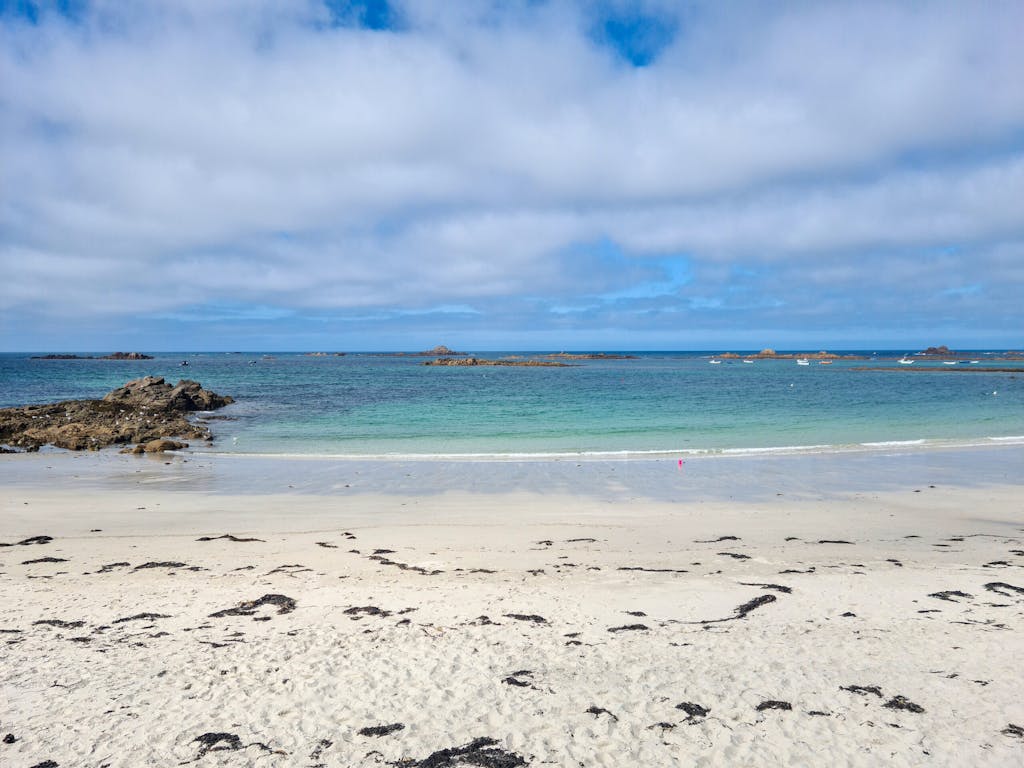
If life hands you lemons, make lemonade. If it’s seaweed? Use it for fertilizer, fuel, food and more. That’s what residents of Guernsey, the second largest of the Channel Islands have been doing for thousands of years: harvesting 100 types of edible seaweed to meet their needs.
And if you move beyond the briny smell of the sea, Guernsey seaweed is considered a local superfood packed with vitamins and nutrients. Walk the west coast of this British crown dependency and let the salt spray invigorate your senses.
Local guides will lead treks to forage and collect seaweed from the source, explaining what to look for. After your harvest, reward yourself with a multi-course meal showcasing the many facets of this umami vegetable of the sea.
To start, try it in a seasoning, salad, salsa, pesto or on a cracker. And if a dish seems less than appetizing, remember “When in Guernsey…” and give it a try. After Guernsey was known to one former resident as “a rock of hospitality and liberty.” That resident? French poet and “Les Misérables” author Victor Hugo.
Ready to travel for unique experiences? Find inspiration here.



